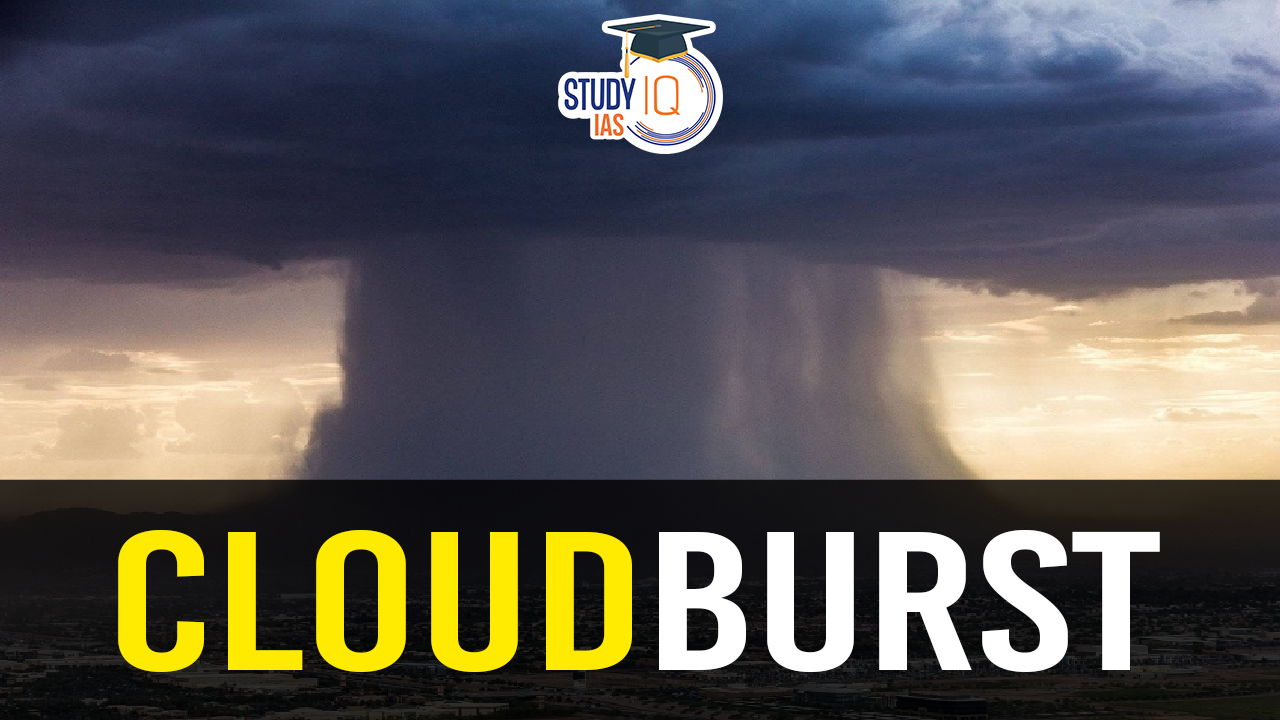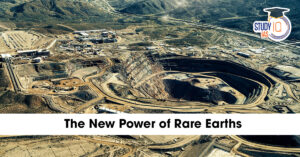Table of Contents
In a tragic turn of events, a massive cloudburst in Uttarakhand has led to devastating flash floods in Dharali village, located in the Uttarkashi district. The incident occurred around 1:30 PM IST on Tuesday, triggering a sudden and violent surge of water that swept through the village, leaving a trail of destruction. The cloudburst resulted in the swelling of the Kheerganga River, submerging roads, homes, and resorts in the popular tourist area.
Cloudburst in Uttarakhand
What is Cloudburst?
A cloudburst is an intense and localized burst of heavy rainfall, often accompanied by thunder and hail. It occurs when cumulonimbus clouds, which are filled with moisture, release their contents suddenly due to rapid changes in atmospheric conditions. It’s likened to “a huge bucket of water being tipped over” due to the sudden release of accumulated rainwater.
Recent Examples of Cloudbursts
| Date | Location | Details | Impact |
|---|---|---|---|
| August 2024 | Himachal Pradesh | Multiple cloudbursts in Nirmand, Sainj, Malana, Padhar, Rampur | Flash floods, significant damage, loss of life, ongoing rescue operations |
| May 2018 | Belagavi, Karnataka | Cloudburst resulted in 95 mm of rainfall within one hour | Heavy rainfall, localized flooding |
| May 2021 | Chamoli and Tehri, Uttarakhand | Severe cloudbursts causing extensive damage | Major destruction, severe impact |
| July 2021 | Kishwar, Jammu and Kashmir | Fatal cloudburst with significant casualties | High fatalities, substantial damage |
Manali Cloudburst 2024
In 2024, Manali faced a severe cloudburst, unleashing intense rainfall that caused flash floods and landslides. The disaster resulted in multiple fatalities, significant infrastructure damage, and major disruptions to transportation, including the Chandigarh-Manali National Highway. Rescue operations were swiftly mobilized by the NDRF and local authorities to assist affected individuals and restore essential services. The government issued safety advisories and emphasized the need for improved infrastructure resilience and advanced early warning systems to better prepare for and mitigate the impacts of such extreme weather events in the future.
Kedarnath Cloud Brust
Heavy rainfall in Kedarnath has led to at least 10 deaths and significant damage to both concrete and footbridges. Chief Minister Pushkar Singh Dhami reviewed the situation, with rescue teams working overnight to relocate people and ensure safety. Relief operations are ongoing in severely affected areas, and the government has issued advisories for Chardham Yatra pilgrims to delay their journey due to hazardous weather conditions.
What causes Cloudburst?
Cloudbursts happen when high-altitude clouds, particularly cumulonimbus clouds, release large amounts of rain rapidly. This can be triggered by cold air pushing down on the water-laden clouds, forcing the water to fall quickly. Climate change and global warming are increasing the frequency and intensity of such events.
- Cumulonimbus Clouds Formation: Large, vertically-developed clouds capable of holding significant moisture.
- Rapid Updrafts: Warm, moist air rises quickly, leading to cloud formation. This air can remain suspended in the cloud due to strong updrafts.
- Cold Air Descents: Cold air masses descending into the cloud force water droplets to condense rapidly, leading to heavy rainfall.
- High Humidity: High levels of atmospheric moisture contribute to cloud formation and heavy precipitation.
- Topographic Influences: Mountains and hilly terrains force moist air to rise, enhancing cloudburst formation.
- Atmospheric Instability: When warm, moist air is overlaid by cooler, denser air, it can lead to rapid convection and intense rainfall.
- Temperature Differences: Significant temperature differences between upper and lower atmospheric layers can cause rapid condensation and sudden heavy rainfall.
Properties of Cloudbursts
- Rainfall Intensity: Typically, rainfall exceeds 100 mm (10 cm) within an hour.
- Localized Impact: This affects a relatively small geographical area, usually 20-25 square kilometers.
- Langmuir Precipitation Process: Involves the amalgamation of small droplets into larger ones before falling.
- Flash Floods: Often trigger rapid and severe flooding in low-lying areas.


 Diwali 2025 Calendar: Dhanteras to Bhai ...
Diwali 2025 Calendar: Dhanteras to Bhai ...
 Significance and History of Diwali Festi...
Significance and History of Diwali Festi...
 The New Power of Rare Earths: How China ...
The New Power of Rare Earths: How China ...




















